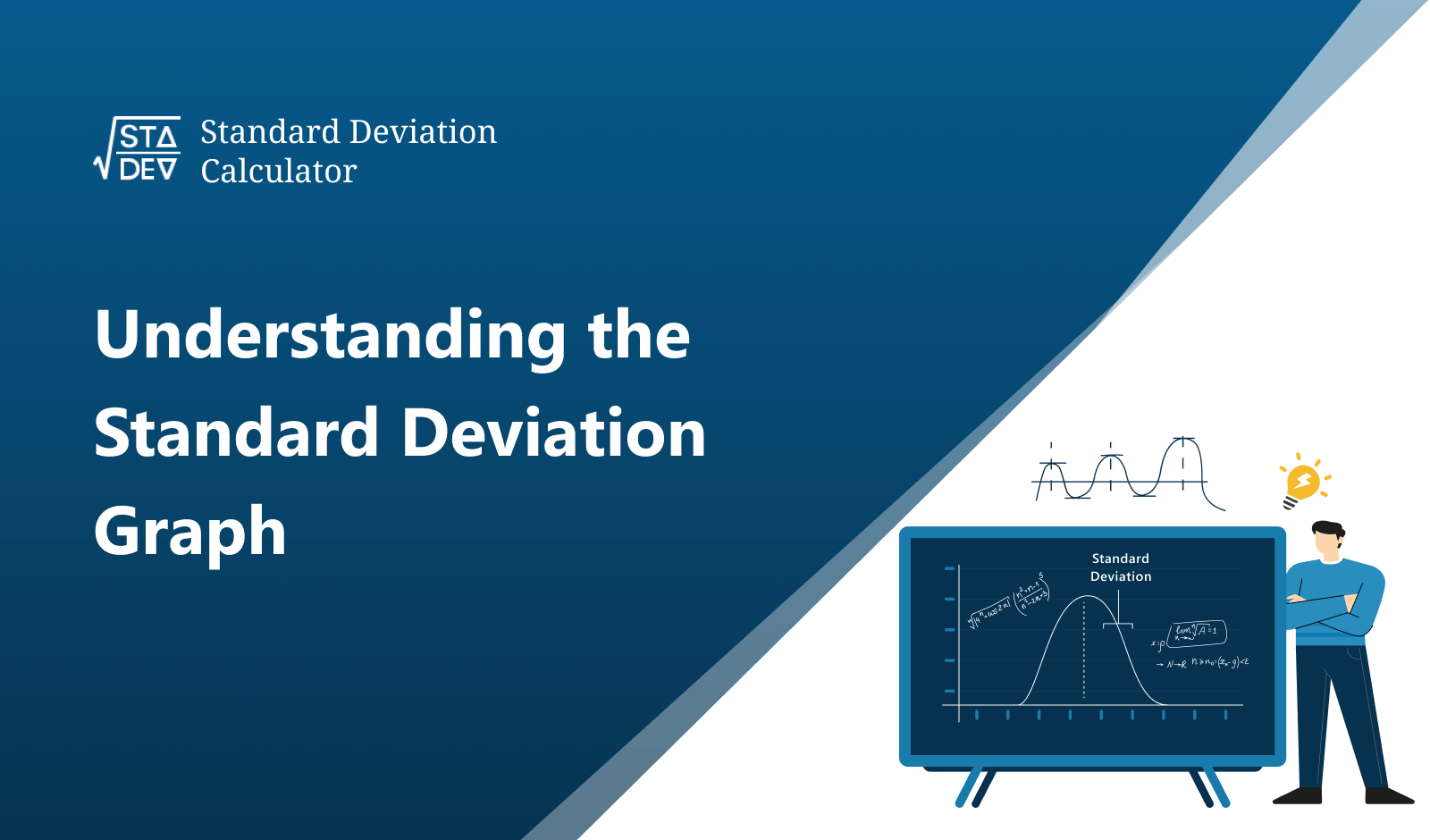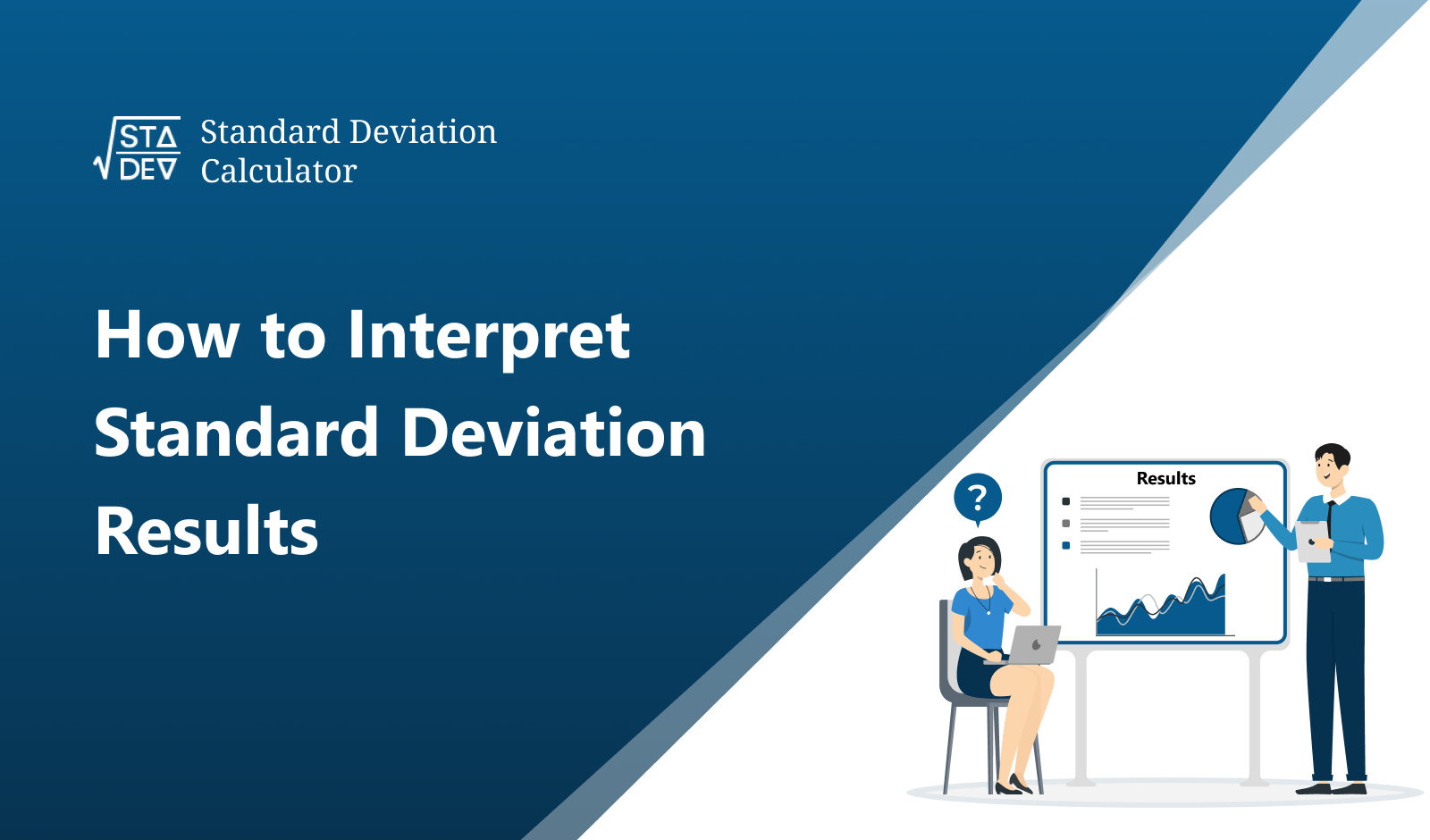Probability Calculator is a free online tool that calculates probability of any event in three different possibilities (single, dependent, & independent). Our probability solver finds the probability of a single event based on the number of occurrences and successful events.
This conditional probability calculator provides probability quickly with detailed steps on any selection options of the probability of A & B for single, independent, and dependent events.
What is Probability?
Probability is the measure of the likelihood or chance of an event happening. Probability values range from 0 to 1; where 0 denotes the event is impossible and 1 shows the event is certain. It quantifies the uncertainty of events and makes predictions about their occurrence.
Probability can be written in percentages, fractions, or decimals. For example, the probability of rolling a 6 on a standard die is 1/6 which is equivalent to 16.67% or 0.1667.
Types of Probability
Probability is defined as the measure of the likelihood and ranges between 0 to 1. It tells us the probability of any event occurring. Sometimes the likelihood of any event occurring is dependent on many other factors; due to this, probability can be further divided in further three other probabilities. These types such as:
1. Marginal probability
This probability comes if the likelihood of any event occurring without affecting the other events. It can be represented by the P (A) or read as the probability (P) of an event (A) occurring.
2. Joint Probability
It is the likelihood of two events occurring at the same time that can be represented by the P (A and B) or P (A ∩ B). It can be read as the probability of A and B both occurring at the same time.
3. Conditional Probability
If two events independently occur without affecting by the first event that does not affect the likelihood of the occurrence of the second event. This probability occurs when a different event already occurs and the vertical line is used to represent condition probability occurring between the two events.
Probability Formulas
Every type of event uses different formulas to calculate probability under certain conditions. Below, we provide all the formulas that are used to calculate the probability of events, such as single events, dependently events, and independently events.
1. Probability Formula for Single Event
Single-event probability is the likelihood of a specific outcome occurring in a single trial.
- Probability of an Event (E) Formula
The formula for finding the probability of a single event (E) is given below.
Probability of Event E = Number of Events Occurred / Number of Possible Outcomes
P(E) = n(E) / n(S)
To calculate the probability P(E) as a percentage, multiply the probability P(E) by 100.
P(E)% = P(E) x 100
- Complement Rule
A formula to calculate the complement of the any event E and its percentage.
P(E’)% = 1 – P(E)
& P(E’)% = [1 – P(E)] x 100
2. Formulas for Independent Events
Two events are considered independent when the occurrence of one event does not affect the probability of another event happening. Use the following formulas to find probability of independent events.
- Finding P(A∩B):
P(A∩B) = P(A) × P(B),
This formula is also modified when finding P(A) & P(B) and value of other is known.
P(A) = P(A∩B)/P(B) and P(B) = P(A∩B)/P(A).
- Finding P(A∪B) if P(A) & P (B) are given, then we use addition rule for this:
P(A∪B) = P(A) + P(B) - P(A∩B)
- Finding P(A) if “P(B)” & “P(A∪B)” are given.
P(A) = (P(A∪B) - P(B)) / (1 - P(B))
3. Formulas for Dependent Events
If the outcome of one event is affected by probability of the other event occurring. This type of event is considered a dependent event. The following formulas are used to find the values of such events:
- Conditional Probability Formula
This formula is used to calculate conditional probabilities such as P(A|B), P(B|A), and others related if one is missing from all.
P(A|B) = P(A∩B) / P(B) or P(B|A) = P(A∩B) / P(A)
- Multiplication Rule for Joint Probability
Multiplication rules are used to find probability of both events occurring and other missing values for respective selections.
P(A∩B) = P(B) × P(A|B)
- Bayes's Theorem for Conditional Probability
This formula is known as Baye’s theorem & calculates conditional probability.
P(A|B) = P(B|A) × P(A) / P(B)
Properties of Probability
Probability is the fundamental concept to determine the possibility of the occurrence of any event. Some properties of probability are discussed below:
- The probability of any event can be calculated by taking the ratio of favorable outcomes to the number of possible outcomes of any event. P(E) = n(E)/n(t)
- The probability of the occurrence of any event is a non-negative number. If A is the event then P(A) ≥ 0.
- If any event is occurred then the maximum probability of this event is 1.
- If an event that cannot occur in all tries is known as an impossible event and its probability is 0.
- The probability of any event is always a positive number and always relies between 0 and 1. The probability of an event “E” is mathematically denoted as, 0 ≤ P (E) ≤ 1.
- The sum of the probabilities of different events occurring at the same time is equal to 1.
- The probability of any event that does not occur, then its probability can be found by taking the difference of the probability of occurring event (A) from “1” known as the complement probability of an event or represented by A’ or Ac. Mathematically, P(A’) = 1 – P(A).
- The sum of the probability of any event and the complement of the probability of this event is always “1”. Such as “P(A) + P(Ac) = 1”.
How to Calculate Probability?
Let’s consider some examples to learn how to find probability of single events and independent events.
Example 1: (For Single Event Probability)
A fair die is rolled. What is the probability that it shows the even numbers?
Solution:
Step 1: Determine the number of the Possible Outcomes.
A fair six-sided die has six faces so n(T) = 6
Step 2: Determine the number of events that occurred n(E)
The even numbers on a single die are 2, 4, and 6.
n(E) = 3
Step 3: Apply the Probability Formula.
P(E) = n(E) / n(T)
Step 4: Substitute Values.
P(E) = 3/6
P(E) = 0.5 or 50%
So the probability of rolling an even number on the fair six-sided die is 0.5 or 50%.
Example 2: (For Independent Event Probability)
Two students A and B can solve 60% and 75% of the problems from the exercise, respectively. Find the probability that either A or B can solve a problem chosen at random from that exercise.
Solution:
Step 1: Define the probabilities of each student solving a problem.
The probability that student A can solve a problem: P(A) = 60%
P(A) = 60/100 = 0.6
The probability that student B can solve a problem: P(B) = 75%
P(B) = 75/100 = 0.75
Step 2: Find the probability that both A and B can solve a problem (i.e. P(A∩B)).
Since the events are independent, (one student's ability does not affect the other). P(A∩B) can be found by the following formula:
P(A ∩ B) = P(A) × P(B)
= 0.6 × 0.75
P(A ∩ B) = 0.45
Step 3: Use the formula to calculate A or B both occurring.
P(A ∪ B) = P(A) + P(B) - P(A ∩ B)
Step 3: Put the values into the above equation.
P(A ∪ B) = 0.6 + 0.75 - 0.45
P(A ∪ B) = 0.90
Thus, the probability that either Student A or Student B can solve a problem chosen at random from the exercise is 0.9 or 90%
Example 3: (For Dependent Event Probability)
In a school, 40% of the students play football. Among those who play football, 70% also play basketball.
Find the following:
- Find probability of such students who play both football and basketball.
- Calculate the probability of a student who plays basketball given that they play football.
- Also, find the probability that they play football but they have already play basketball.
Solution
Step 1: Note the given data.
Let,
A = student plays basketball & B = student plays football
P(B) = Probability a student plays football = 0.40
P(A|B) = Probability a student plays basketball given they play football = 0.70
Step 2: Now, find the probability of students who play both sports.
For this, we find “P(A ∩ B)”.
P(A∩B)=P(B)×P(A∣B)=0.40×0.70=0.28
So, P(A ∩ B)% = 28%
Step 3: Use the conditional probability formula.
P(A∣B)=P(A∩B)/P(B)=0.28/0.40=0.70
Step 4: Now, find the probability that they play football but they already play basketball by using Bayes’ Theorem.
P(B∣A)=(P(A∣B)×P(B))/P(A)
We already know: P(A|B) = 0.70, P(B) = 0.40, P(A ∩ B) = 0.28
To find P(A): P(A)=P(A∩B)+P(A∩B’) = 0.28 + 0.20 = 0.48
Now apply Bayes’ Theorem:
P(B∣A)= (0.70×0.40)/0.48 =0.28/0.48 = 0.583
Step 5: Final note the final answers.
P(A ∩ B) = 0.28, P(A|B) = 0.70, P(B|A) = 0.583
Frequently Asked Questions (FAQ’s)
What is the And/OR rule in probability?
If the two events are mutually exclusive calculate the probability that events use the OR rule, that is, P(A or B) = P (A∪B) = P(A) + P(B). However, if the events are independent and to find the probability of both events occurring simultaneously then use the AND rule, that is P (A and B) = P (A∩B) =P(A)⋅P(B).
How to calculate the probability of an event?
The probability of any event is calculated by taking the ratio of the number of favorable outcomes with the total number of outcomes performed for any experiment. Alternatively, Use our above Probability calculator to calculate the value of the probability of any event.
What is the probability of a possible and impossible event?
According to the probability properties, the probability of the possible event is “1” and the impossible event is “0”.
If A and B are mutually exclusive events then the probability of P (A⋂B)?
The given events are mutually exclusive then the P (A⋂B) = ϕ.








